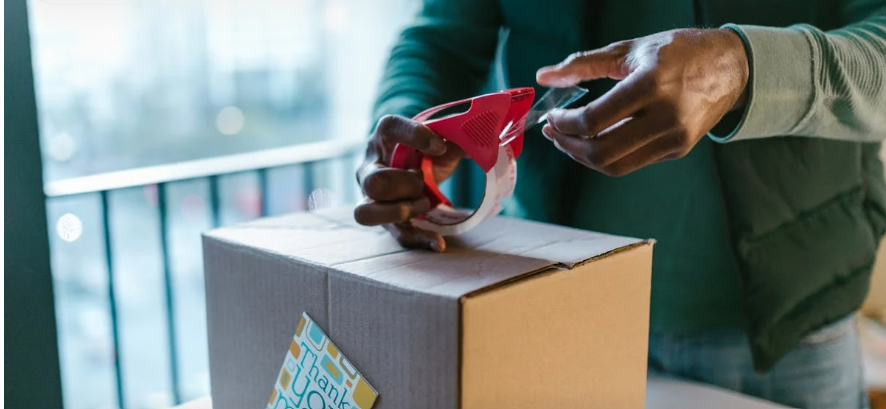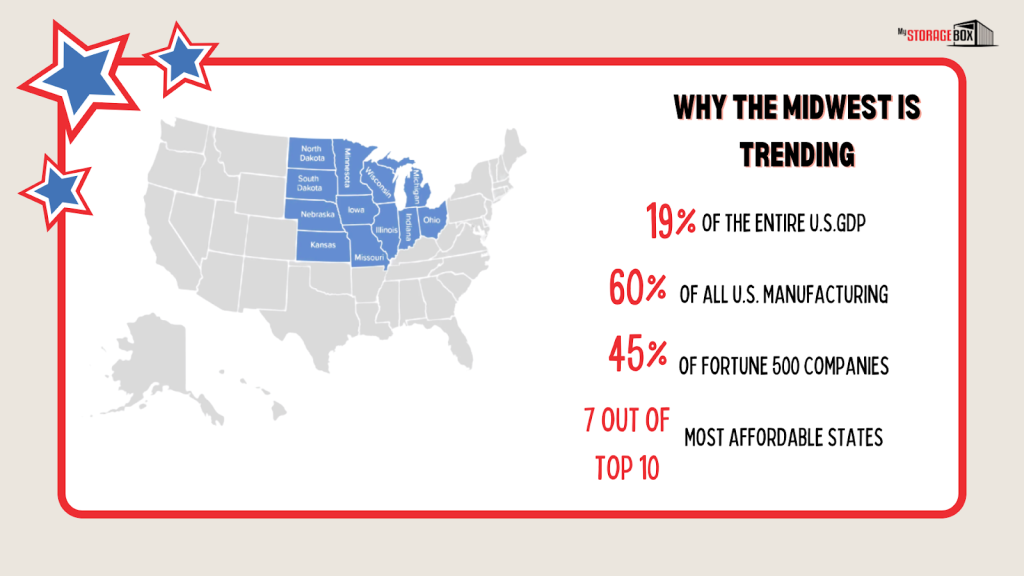The Ultimate Guide to the Best Packing Tape for Every Need
When you’re boxing up your belongings, whether you’re moving to a new home, or organizing your storage unit, it’s easy to overlook one of the most important supplies: packing tape.
Sure, it’s not as exciting as picking out new labels or color-coding your boxes. But when your tape fails and a box bursts open mid-move, you’ll wish you had chosen more carefully.
So, what’s the best packing tape to get the job done right? Let’s break it down.
Why Packing Tape Quality Matters
It’s tempting to grab the cheapest tape you can find, but not all packing tape is the same. Low-quality tape can peel off easily, split when you try to apply it, or lose its stickiness when exposed to heat, cold, or humidity.
If you’re planning to store items long-term or ship boxes across the country, you’ll want a reliable tape that holds up under pressure. Literally. Plus, different tasks require different tape features. So, before you make a decision, you’ll also want to consider what your tape will need to handle. More on that in the next section!

Shipping vs Packing Tape Differences
Although packing and shipping tapes often look alike, they serve very different purposes. Here’s what you should know:
| Feature | Shipping Tape | Packing (Storage) Tape |
| Thickness | Thinner | Thicker |
| Adhesive Type | Hot melt adhesive | Acrylic adhesive |
| Ideal Use | Mailing lightweight boxes | Long-term storage and moving |
| Durability | 1-2 years | Up to 10 years, even in fluctuating conditions |
Shipping tape is ideal for mailing a small parcel, but it’s not built to hold up in the back of a moving truck or in a humid storage unit. For moving or storage, you want packing tape (also called storage tape), which holds up under pressure.
What to Look for in a Packing Tape
Let’s be real. Tape isn’t the most exciting part of moving or packing, But when it fails, you’ll wish you’d picked a better one. Whether you’re packing something fragile for storage or moving across the country, the right tape makes everything easier and less frustrating. Here are some features to consider when choosing a packing tape:
Strength and Strong Adhesion
You want tape that sticks—and stays stuck. Go for options labeled heavy duty or industrial strength labels, especially for full and heavy boxes. Tapes made from hot melt adhesive tend to hold better than basic acrylic alternatives, especially over time.
Also worth checking: tensile strength. That’s how much weight the tape can handle before snapping. If you’re packing books, kitchenware, or just cramming too much into one box (we’ve all been there), this matters.

Durability Over Time
Quality tape should be tough enough to handle the conditions of both moving and long-term storage. So, look for tape that’s:
- Tear resistant: Holds up through dragging, stacking, and shuffling, which is essential for heavy boxes or rough handling;
- Temperature resistance: Won’t peel off in the heat or freeze in the cold;
- Moisture resistance: Great if you’re storing things in damp areas or moving during rainy weather.
Material, Thickness, and Size
Packing tape comes in various materials and thicknesses, usually from 1.9 to 3.1 mils. Thicker tapes are for the toughest jobs. If you’re dealing with heavier stuff or long-term storage, thicker tape is worth it. For lighter jobs, a thinner tape does the trick.
Make sure the tape roll is wide enough. 1.88 inches is standard for most boxes. And consider how much tape you’ll need. Longer rolls are more economical and reduce the need for frequent replacements.
Ease of Use
A good rolling tape shouldn’t fight back. The best packing tapes unroll smoothly, work with handheld dispensers, and resist splitting or sticking to themselves.
To make packing quicker and less frustrating:
- Choose a tape that unrolls evenly and fits a standard tape dispenser or gun.
- Avoid overly thin tapes; they’re more likely to tear or fold.
- Keep an extra roll and dispenser on hand to avoid delays when packing with someone else.
Other Types of Tapes (And When to Use Them)
Not all tape is created equal. When it comes to packing and moving, the type of tape you choose can make a big difference in how secure and durable your boxes are. Here’s a quick guide to different kinds of tapes and when you should use them.
Heavy-Duty Packing Tape
Heavy-duty packing tape is designed for tough jobs. It’s made with strong adhesive and typically features an acrylic formula that withstands temperature fluctuations and stress during transit and storage. This type of tape is ideal for sealing boxes that will be moved long distances or stored for an extended period.
- Best for: Long-term storage, extreme temperatures, heavy boxes
Filament Strapping Tape
Filament strapping tape is reinforced with fiberglass strands that provide extra strength, making it perfect for boxes that will be exposed to rough handling, extreme conditions, or a lot of movement. This tape is often used for sealing large or heavy boxes, as it can withstand a lot of weight and tension.
- Best for: Heavy-duty boxes, rough handling during transport, items exposed to heat or cold
Gummed Paper Tape
Unlike standard adhesive tapes, gummed paper tape requires water to activate its adhesive, creating a very strong, permanent bond. It’s ideal for long-term storage, especially for boxes that will be exposed to extreme climates. The downside is that you need to wet the tape before use, which can be cumbersome.
- Best for: Heavy-duty storage, extreme temperatures, secure packaging that can’t be easily removed

Labeled Tape (SmartMove, U-Haul EZ Read)
Labeled tape like SmartMove or U-Haul EZ Read, features printed room labels (e.g., “Kitchen,” “Bedroom”) directly on the tape itself. This type of tape lets you seal and label your boxes in one go, helping you stay organized throughout the moving process. It’s a time-saver when you need to quickly identify where each box should go.
- Best for: Labeling boxes for easy identification, moving with a large number of boxes, quick organization
Tapes to Avoid When Moving
While some tapes may seem like convenient options, they’re not ideal for packing and moving. For example:
- Duct tape: While extremely versatile, duct tape doesn’t stick well to cardboard, leaves behind sticky residue, and weakens in extreme temperatures;
- Brown paper tape: Not strong enough to handle the demands of moving, tears easily, and is not waterproof;
- Masking tape: Weak adhesive and won’t hold up to movement or long-term storage;
- Craft/Washi Tape: Decorative and not functional for packing;
- Gaffer Tape: Expensive, not made for packing and moving boxes.
Final Thoughts
Investing in the best packing tape may not seem like a big deal… until you’re halfway through moving or storing and your boxes start falling apart. Choosing the right tape will help ensure your belongings stay safe, your boxes stay sealed, and your stress stays low.
Don’t let little things like flimsy tape ruin your big move or storage project. For added peace of mind, check out My Storage Box for reliable storage solutions that keep your items secure long after the move is over. With the right tape and a little planning, you can make your next move a lot easier and less stressful!








